What is wildlife lighting?
Adult nesting and hatchling emergence usually take place at night. One of the main cues to navigate while on the beach has to do with the relatively darker dune creating dark silhouettes against the night sky, which screens out celestial light from the stars and moon, and the relatively brighter ocean, which reflects celestial light. The contrast between the darker dune and the brighter ocean is the main way sea turtles tell the difference between land and water. Hatchling sea turtles emerging from their nests use these same cues to move towards the water and away from land.
Artificial light can disrupt these natural nesting and emergence cues causing false crawls and disorientations. Artificial lights can deter adult females from nesting on the beach resulting in fewer nests and disorientations can often result in adult and hatchling mortalities. For these reasons, minimizing light directly visible (coastal properties, flashlights, interior light, etc.) and indirectly visible (reflective light and sky glow) from the beach is important for the survival of the species.
Using wildlife lighting will reduce negative artificial lighting impacts on nesting beaches. The state of Florida, with help from scientists and technical advisors defines wildlife lighting as lights that utilize three rules: keep it low, keep it shielded, and keep it long. These rules can be applied to your own property, but it is important to first remove any unnecessary lights used purely for decorative purposes from your property. Any remaining lights needed for human safety at night should utilize all three rules to be effective.
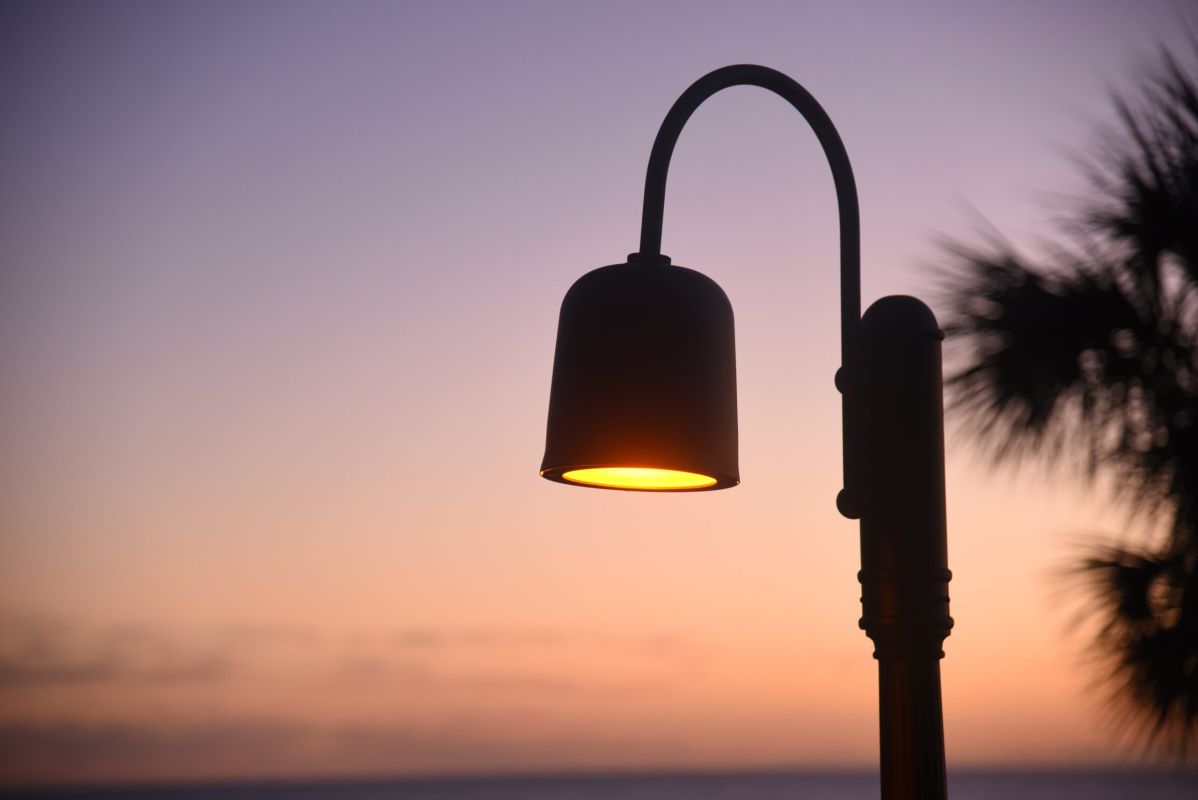
3 Rules
Keep it Low
Keep it Shielded
Keep it Long
Interior Lighting, Flashlights, and Skyglow

Interior Lighting
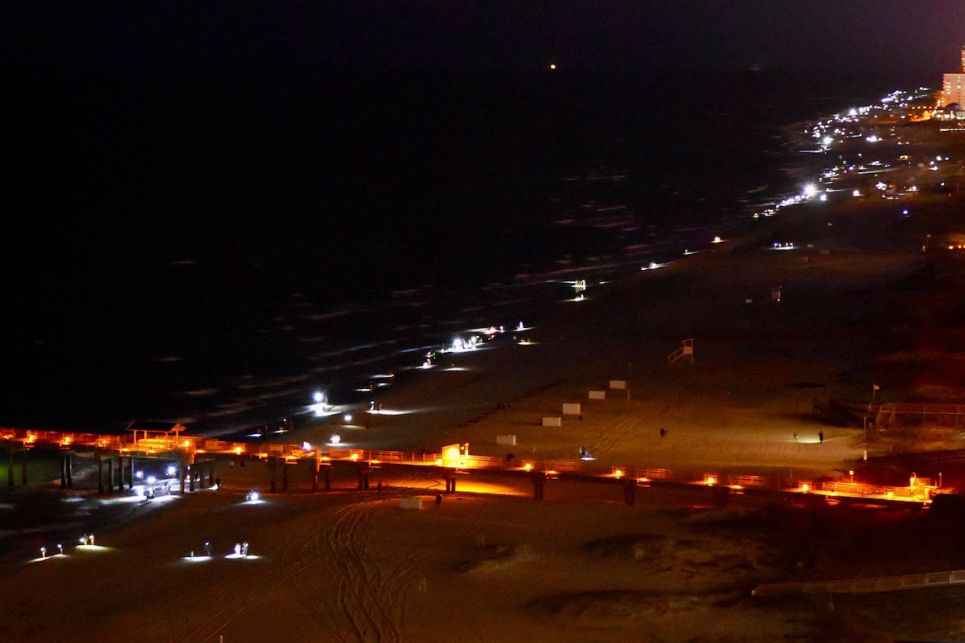
Temporary Lighting
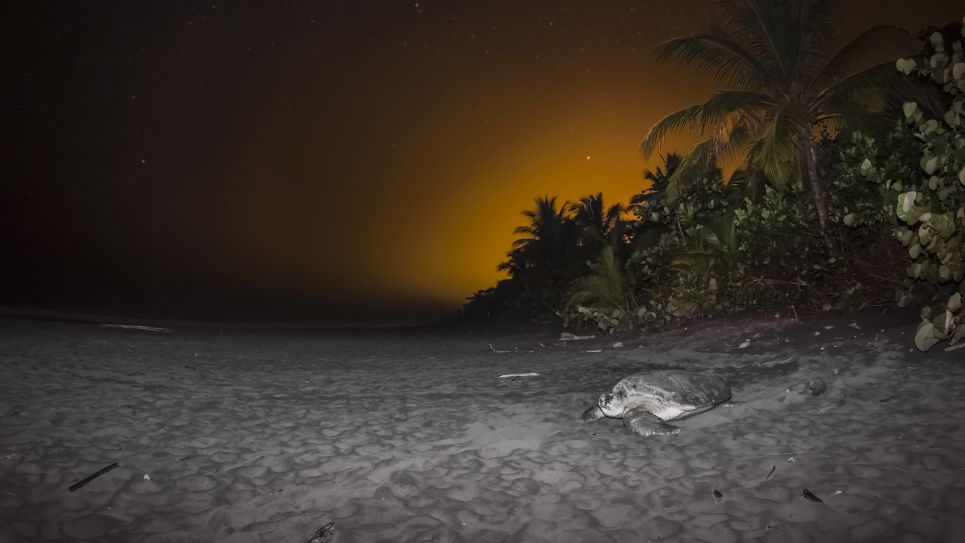
Skyglow from Nearby Cities
Have More Questions?
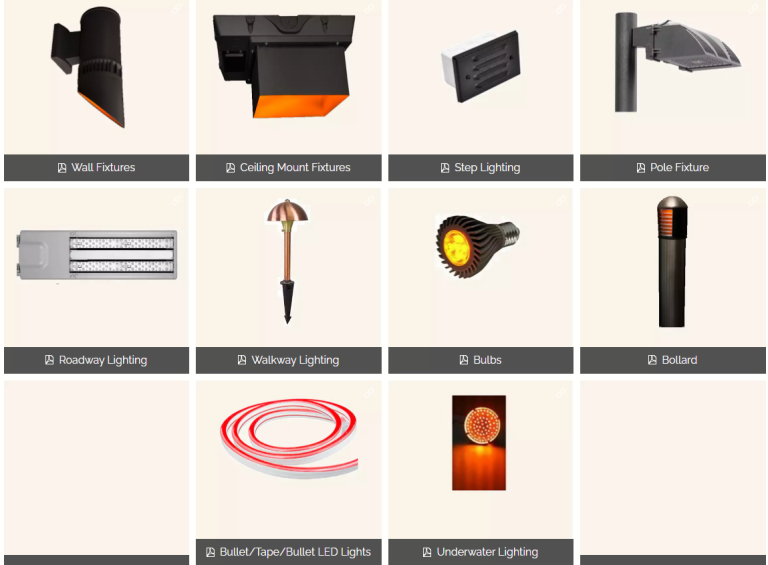
The Florida Fish and Wildlife Conservation Commission (FWC) conducts rigorous testing of fixtures and bulbs and certifies them as wildlife lighting. Each certified product receives a certification number and is valid for two years. Once a product is certified, FWC includes it on its Certified Wildlife Lighting Website, which is broken up by application. This guide is a great place to start when looking for wildlife lighting.
Additional products outside of FWC’s list may also meet the criteria for wildlife lighting. These criteria include: Keep it low, Keep it shielded, and Keep it long (wavelength). Keeping fixtures low to the ground ensures that a light will illuminate the area for its intended application – often for safety purposes. Shielding fixtures ensures that the light source will not be visible from the beach and will direct light downward. Utilizing long wavelength light at 560 nanometers or longer, which appears amber or red, will prevent sea turtle disorientations and protect human health. The wavelength output of a wildlife luminaire can often be found on the product’s specification sheet.
Unfortunately, most home improvement stores do not currently carry wildlife fixtures and bulbs. If enough customers request that they carry them, however, it is possible that your local home improvement store could begin to carry them if enough demand is demonstrated. In the meantime, another avenue for purchasing wildlife lighting is through a lighting distributor in your area. Below is a list of distributors STC has worked with in the past. This is by no means an exhaustive list. Distributors are listed alphabetically.
- Lighting by Lavonne – Panama City, Florida
- Mathes Electric – Northwest Florida
- Mayer Electric – Central Florida
- Rexel USA – Southwest Florida
- Sequel Electrical Supply – Northwest Florida and Alabama
- The Lighting Gallery Inc. – Spring Hill, Florida
- Synergy Lighting – Southwest Florida (ships internationally)
- United Lighting and Supply – Fort Walton Beach, Florida
- World Electric – Southeastern United States (ships internationally)
Turtle & Hughes is a lighting distributor and a Tour de Turtles partner. Check out their website below to view and order select wildlife friendly bulbs online.

FWC published a study that found using window tint with a net visual light transmittance (VLT) of 30% or less is going to be less disruptive to sea turtles. However, we recommend going as low as 15% VLT. If you are interested in learning more about window tint, click the link below.
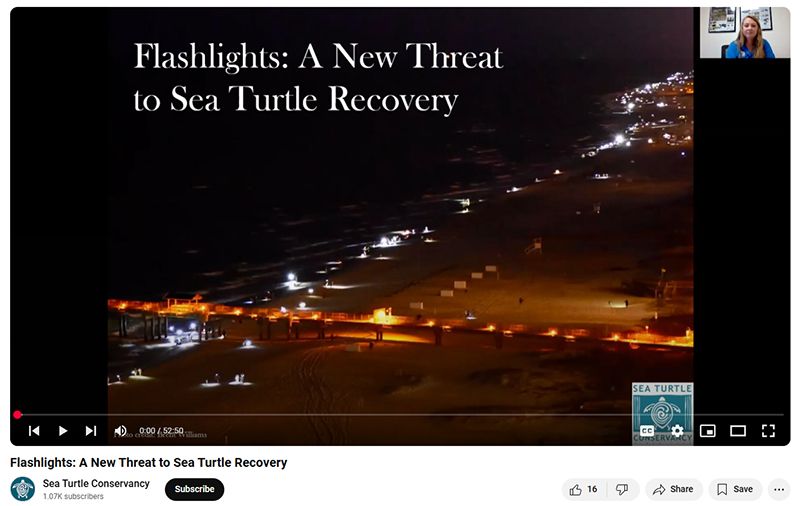
In recent years conservation organizations and code enforcement personnel have reported and increase in white flashlight, cell phone, and other temporary lighting use on the beach at night for recreational activities. White flashlights are full spectrum which means they contain both short and long wavelengths which disrupts natural sea turtle nesting and hatchling behavior. Red flashlight filters do not alter the wavelength of light and can also still negatively impact sea turtles. Previous studies have demonstrated that sea turtles are attracted to high intensity long wavelength light, despite it being considered wildlife lighting so using long wavelength flashlights also isn’t the best solution. Instead of bringing flashlights on the beach, you can participate in alternative activities that do not come at the expense of wildlife. These may include; stargazing, enjoying the beach at night without flashlights, fishing from wildlife friendly piers, and looking for bioluminescence.
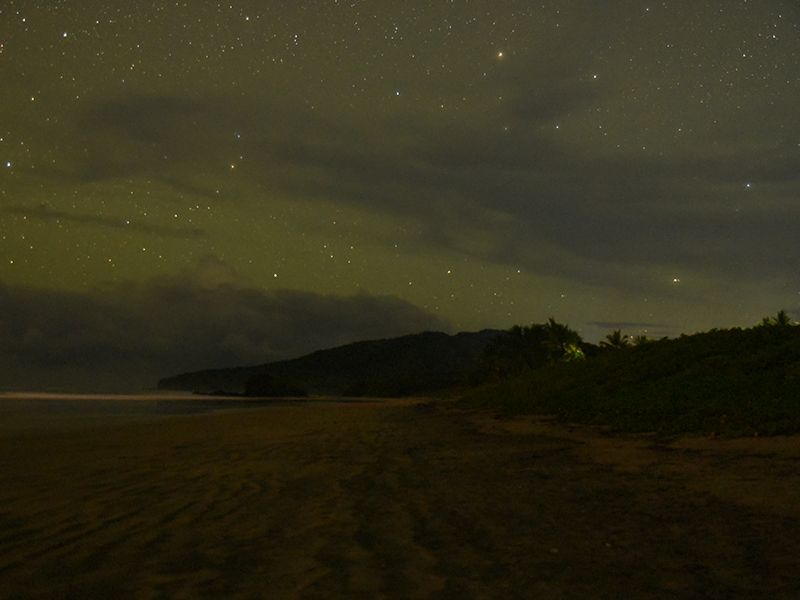
Encourage your local government to adopt a dark sky ordinance, speak up about light pollution at your Homeowner’s Association meetings, and use dark sky certified fixtures on your home. If you want to learn more about reducing light pollution in non-coastal communities, please visit DarkSky International’s website.